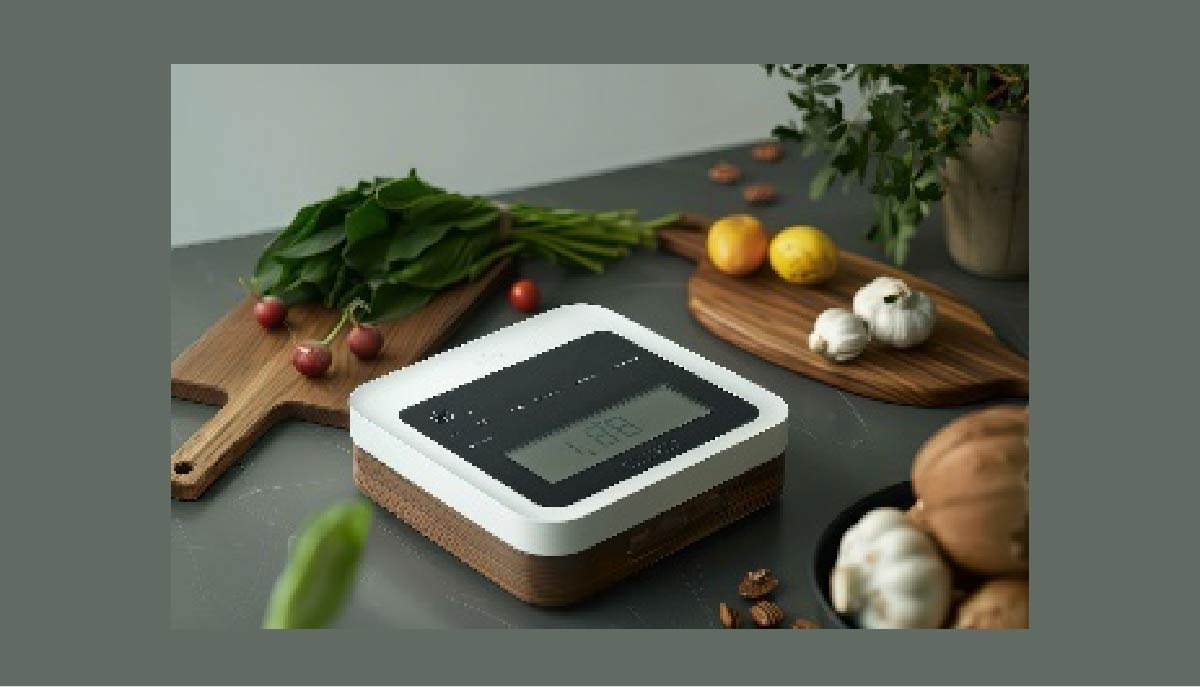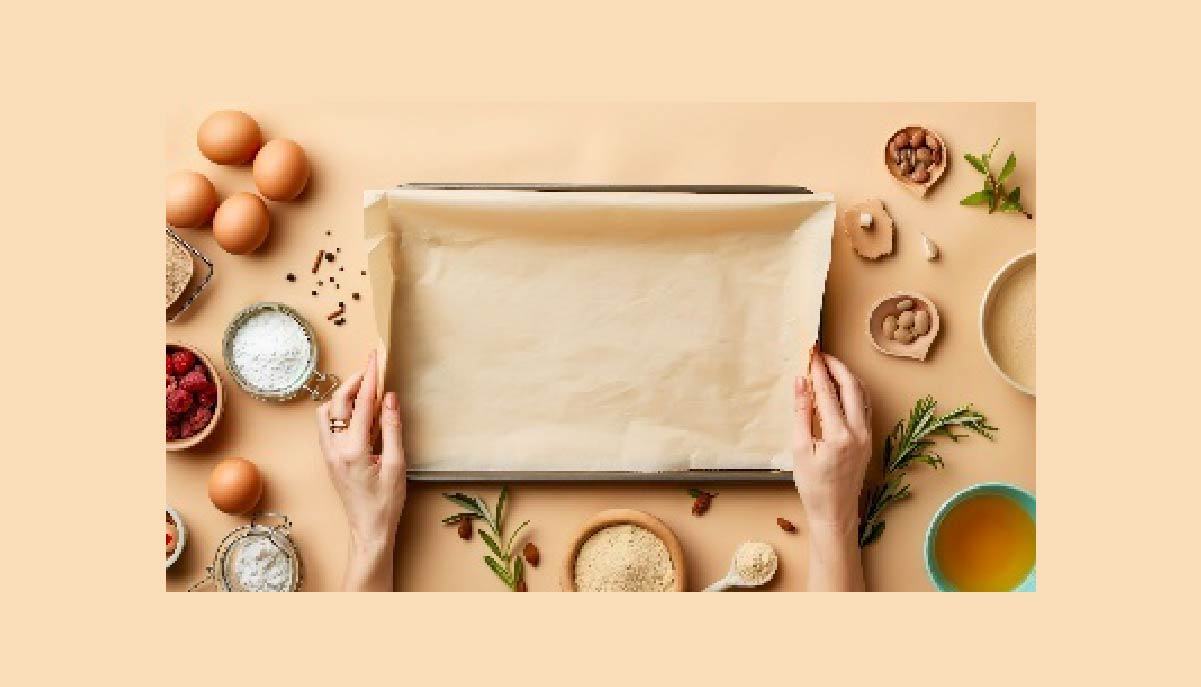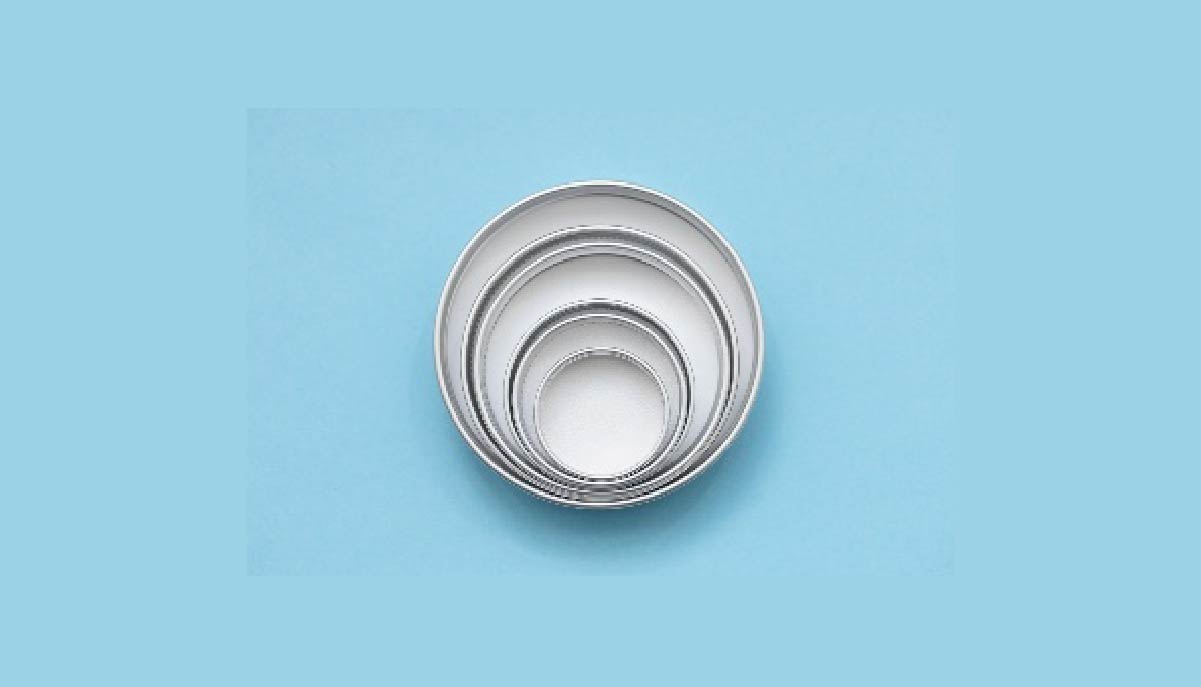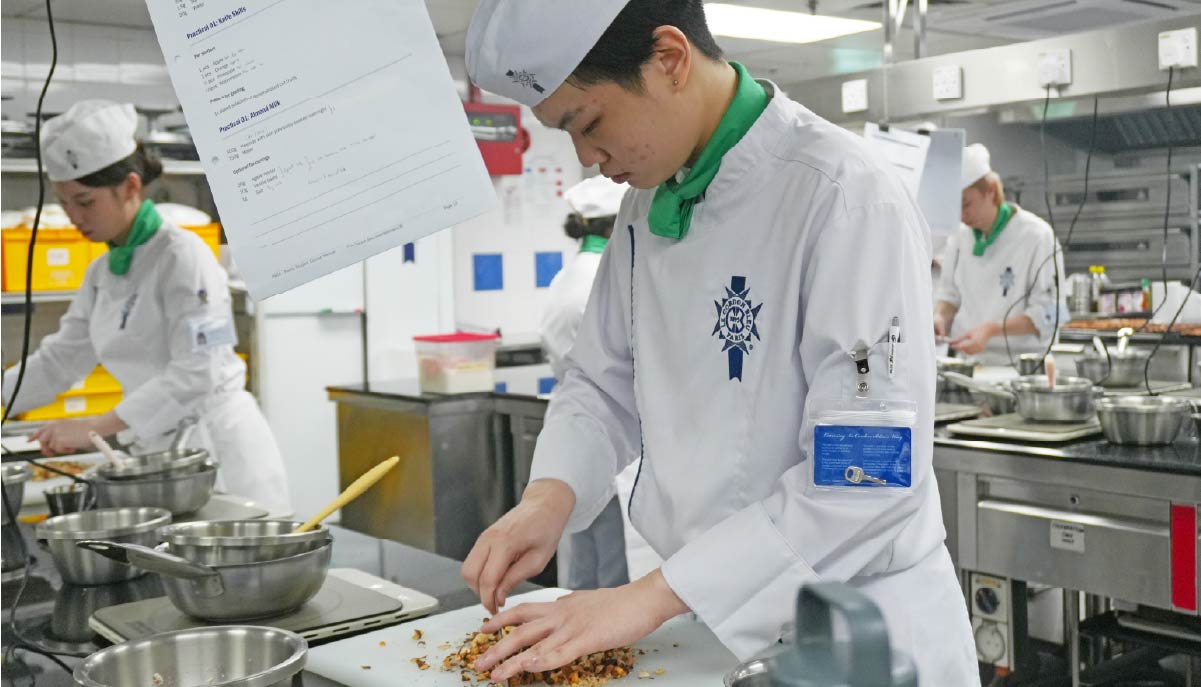The Science of Baking: Tips for Light, Fluffy, and Fail-Proof Cakes
LE CORDON BLEU MALAYSIA
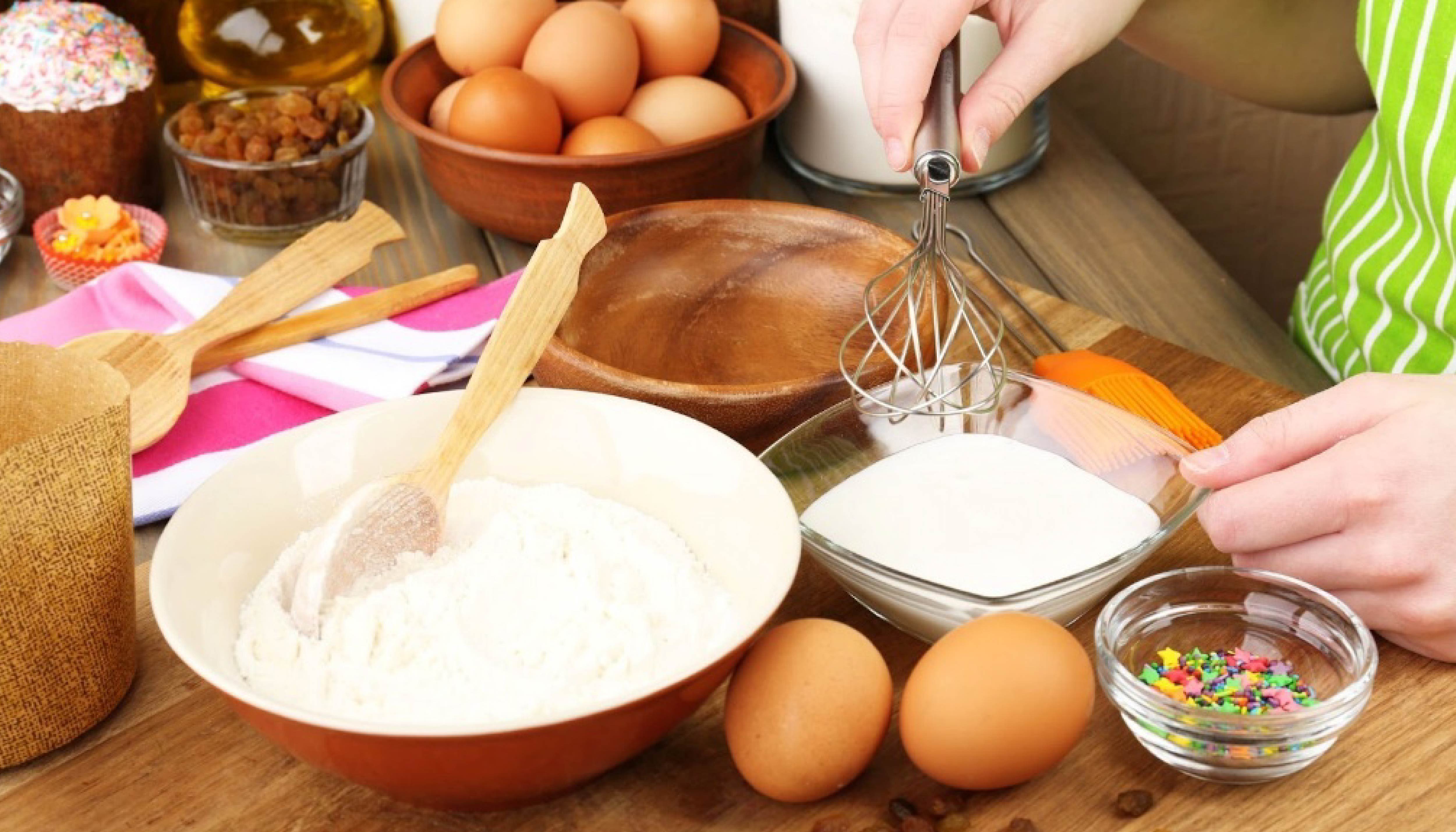 There’s something magical about watching a cake rise in the oven. From pale batter to golden, fluffy perfection that you enjoy during tea time or any time (no time is bad for a good cake). But baking is more than just an art form; there’s science behind every moist and airy bake: chemistry, timing, and temperature control.
There’s something magical about watching a cake rise in the oven. From pale batter to golden, fluffy perfection that you enjoy during tea time or any time (no time is bad for a good cake). But baking is more than just an art form; there’s science behind every moist and airy bake: chemistry, timing, and temperature control.
While many home bakers dream of mastering sponge cakes and chiffon cakes, common frustrations like dense texture, sinking centres, or dryness often stem from small missteps in ingredient ratios or technique. Understanding why each step matters can make all the difference.
If you’ve ever thought about joining a baking workshop to improve, you're not alone. Learning the science behind baking can help bakers of all levels achieve consistently great results. Maybe even inspire you to join a more advanced program like a professional baking diploma program.
The Role of Key Ingredients
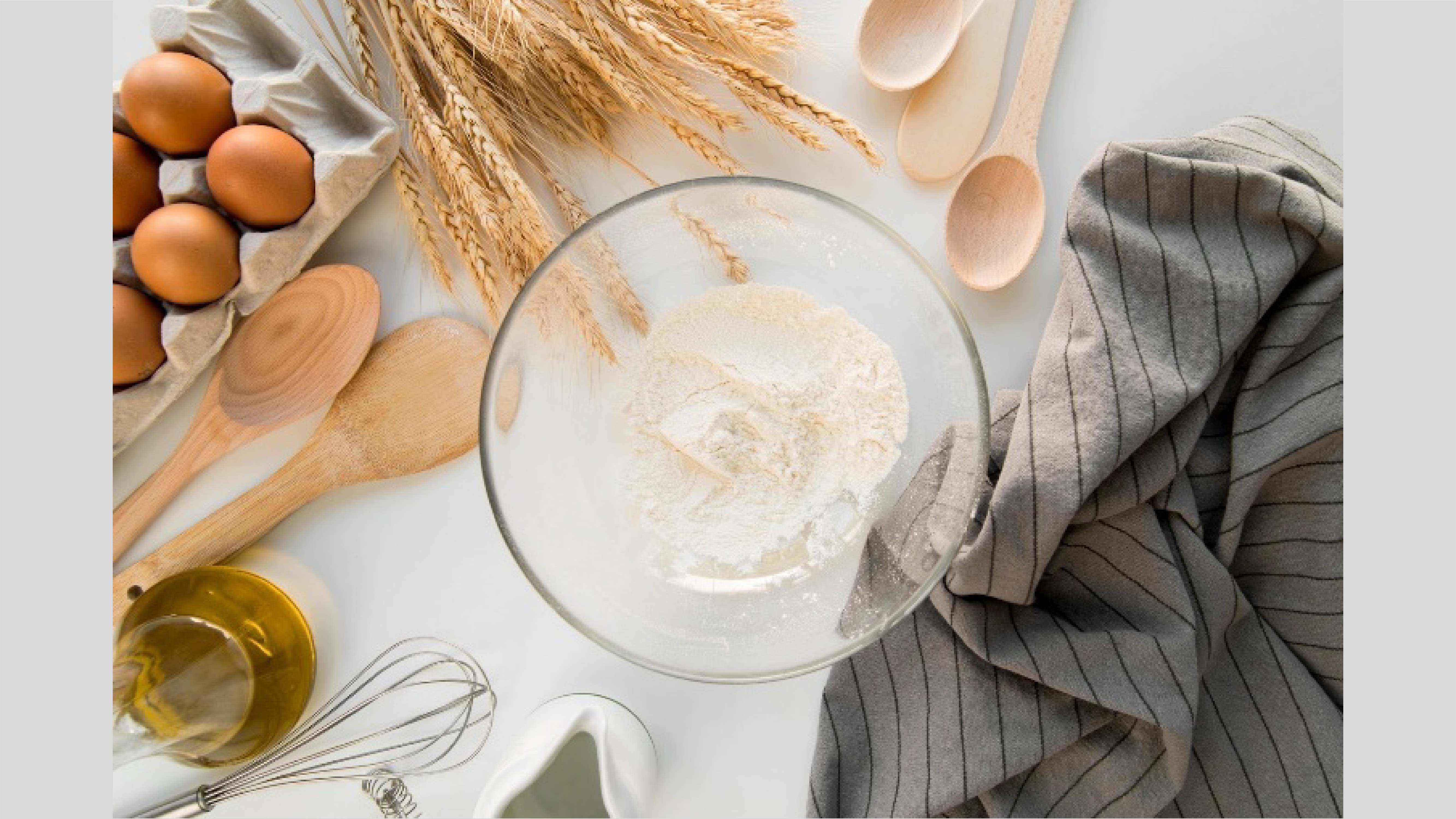
Flour: Foundation for Structure
Flour type matters. Use cake flour (low protein) for a fine, tender crumb; avoid bread flour (high protein), which gives chewiness.
Cake flour works best for lightweight cakes. You’ll see this taught in hands-on baking courses and Malaysia’s pastry and baking class sessions, where precision matters.
Tip: Don’t swap flours blindly—use the correct ratio to keep the cake airy.
Eggs: Binder and Leavener
Eggs do more than bind—they help lift. Beating egg whites draws in air, essential for a lofty sponge. Yolks add richness and moisture. Always use room-temperature eggs because they whip into a stable structure better than cold ones.
Sugar: Aeration and Moisture
Sugar traps air when creamed with butter and absorbs moisture to keep the cake from drying out.
Reducing sugar without adjusting other ingredients risks a flat, dry bake.
Leavening Agents: Tiny Bubbles, Big Impact
- Baking soda: needs acidity, like buttermilk or lemon juice.
- Baking powder: self‑contained, works with moisture and heat.
❗Remember❗
Always measure leavening agents carefully. Too much can cause cakes to rise too fast and collapse; too little means dense texture.
|
Mixing: This is Where Science Meets Technique
Preheat: Non-Negotiable
A properly preheated oven gives your cake the lift it needs early in the bake. Low temperature slows rise; high temperature browns edges and dries out the middle.
Results of mis‑temperature:
Use an oven thermometer (often taught in sessions of baking classes in Malaysia) to ensure accuracy.
3 Tools and Equipment That Matter
Precision tools are standard in our professional kitchens and are emphasised in diploma in baking and professional baking diploma program curricula.
5 Pro Baking Tips from Le Cordon Bleu Chefs
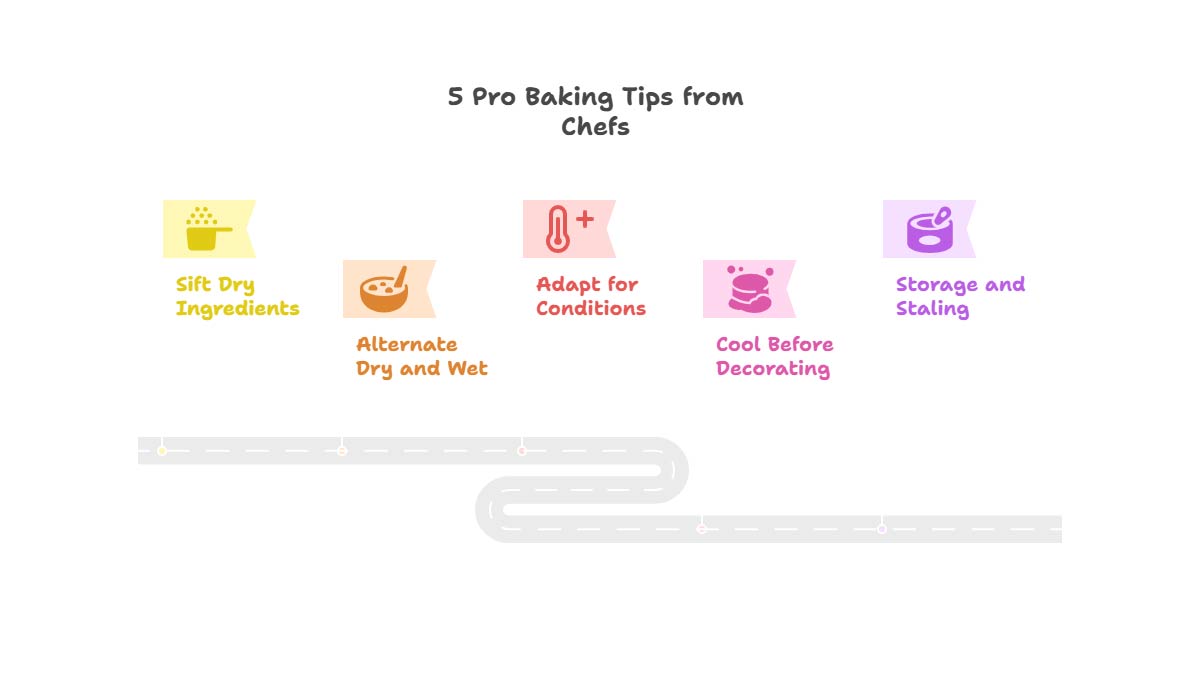
1. Sift Dry Ingredients
This adds air to the flour and prevents lumps, resulting in lighter cakes.
2. Alternate Dry and Wet
Add ingredients in stages to maintain emulsion and avoid curdling.
3. Adapt for Conditions
In high humidity, flour can absorb extra moisture, so cut back on liquid. At high altitude, you may need adjustments to leavening or bake times. These are advanced notes taught in a Malaysian pastry and baking class or during a professional baking diploma program.
4. Cool Before Decorating
Never frost a warm cake because condensation ruins the crumb structure.
5. Storage and Staling
Wrap cooled cakes tightly to retain moisture before decorating or storing.
Why Join a Baking Course?
A hands-on baking course or baking workshop can help bridge theory and practice. If you enjoy the process and want deeper knowledge, consider enrolling in a diploma in baking or professional baking diploma program, where you'll learn advanced techniques, ingredient science, scaling recipes, and professional presentation.
Transform Your Baking
Baking is both creative and scientific. By understanding how ingredients interact and mastering mixing techniques, oven accuracy, and proper tools, you can transform your baking from guesswork into reliable results.
If you’re passionate about creating cakes that are consistently light, fluffy, and fail‑proof, why not take your skills further?
Explore our diploma programs at Le Cordon Bleu Malaysia for hands‑on learning with expert instruction. Your delicious masterpiece awaits. 🎂✨
For more information, WhatsApp us at 019-305 2586 or email to malaysia@cordonbleu.edu.



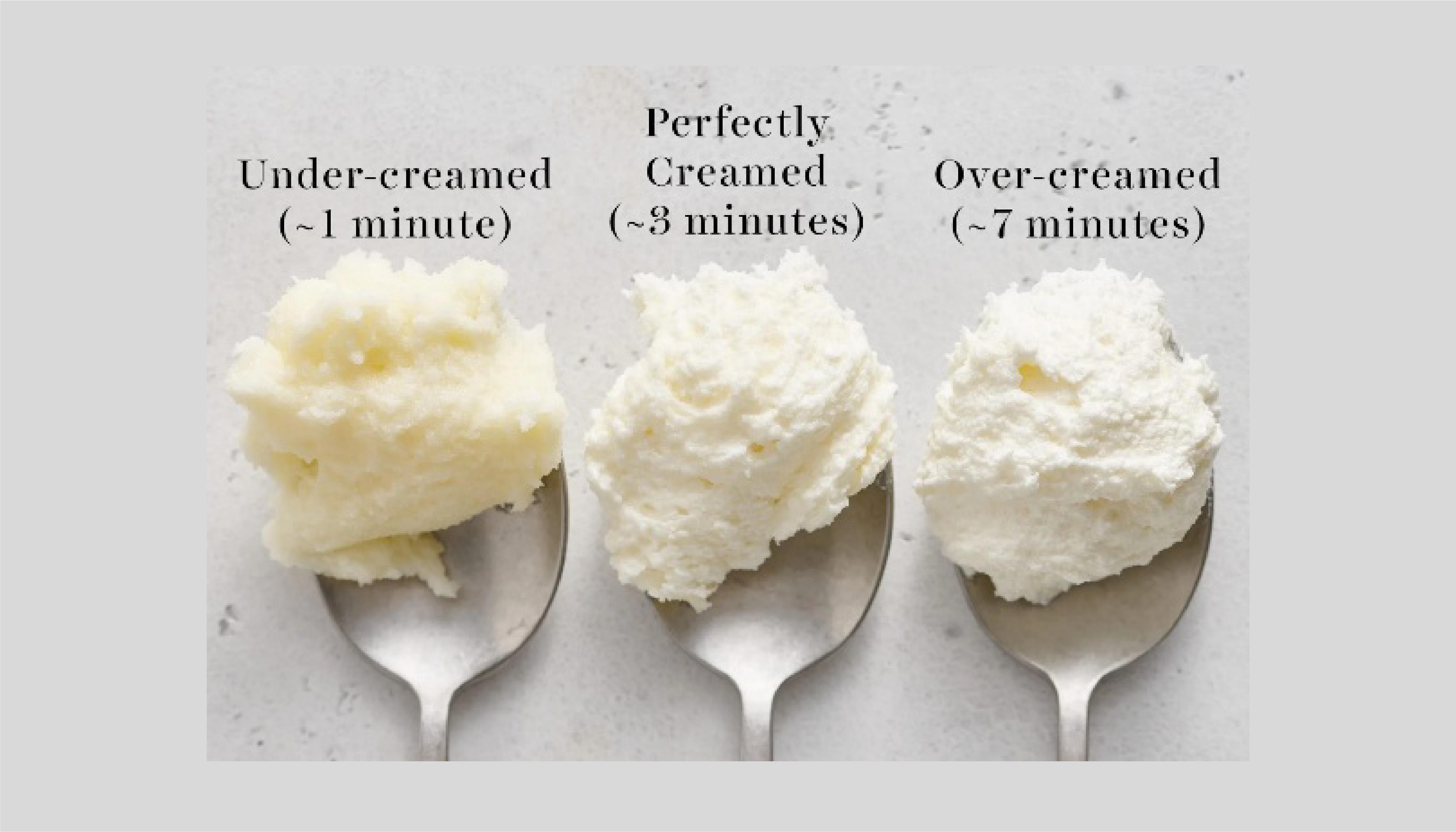
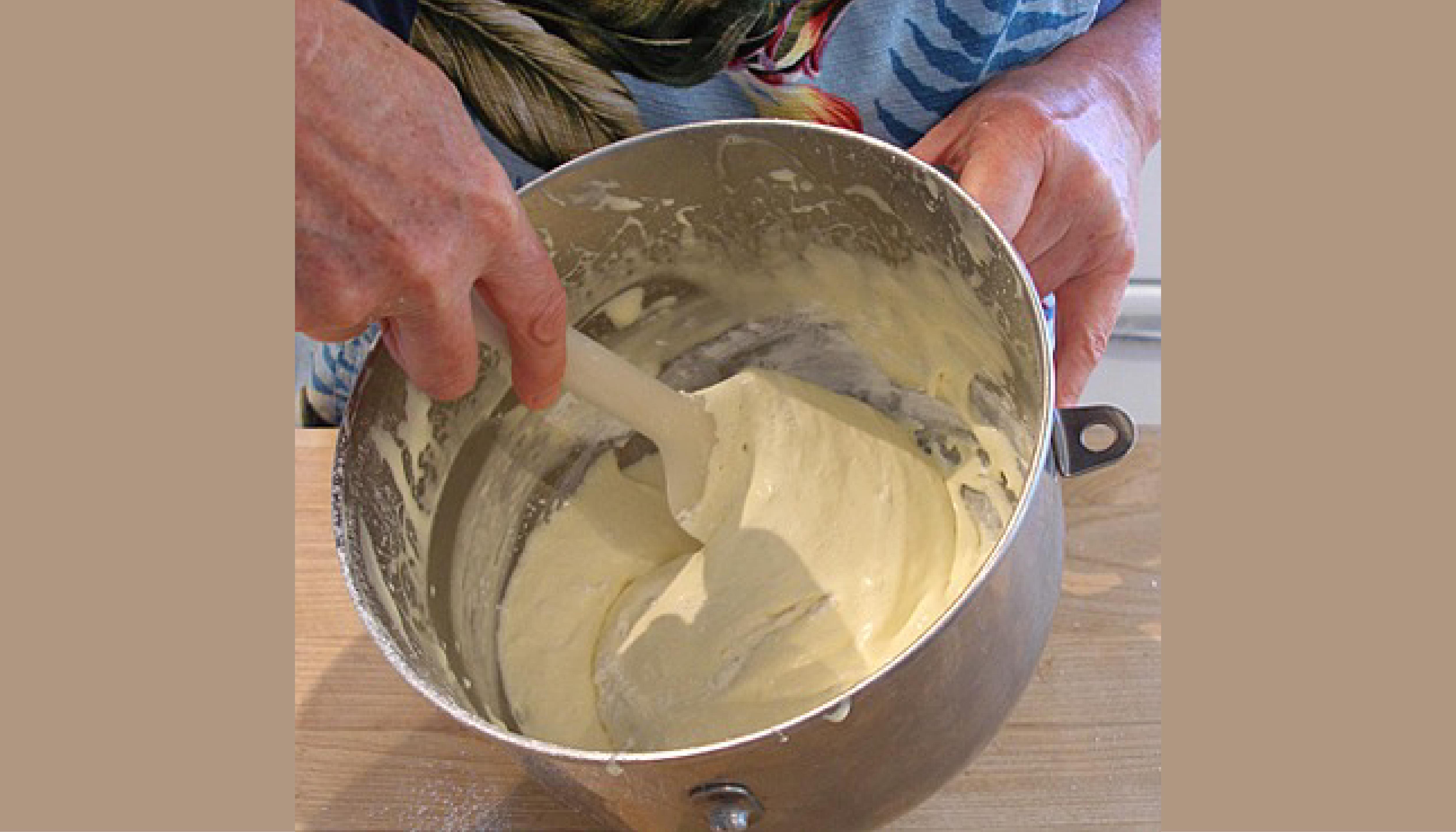
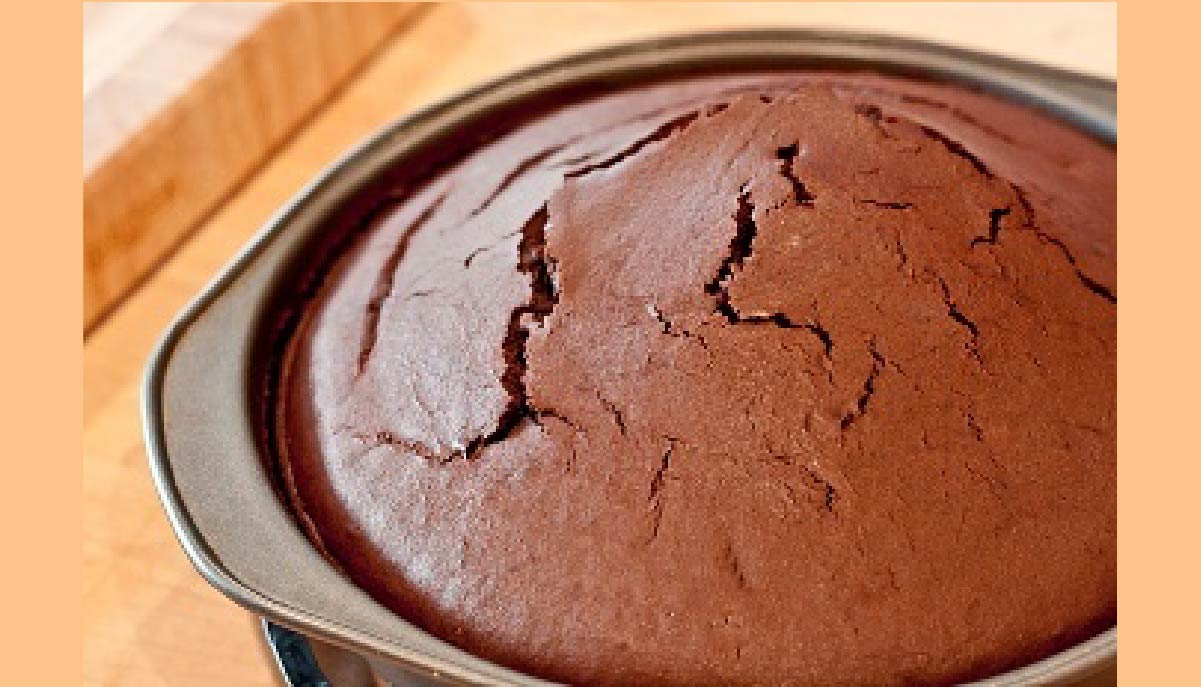
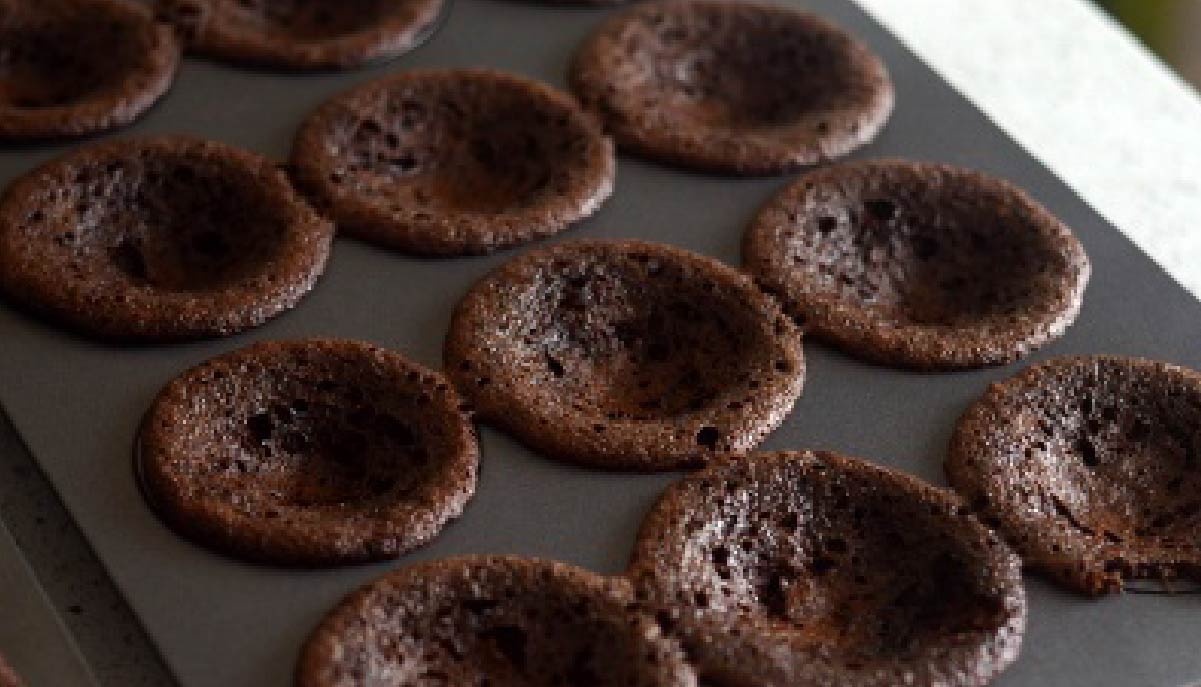 Image Source: Gygiblog
Image Source: Gygiblog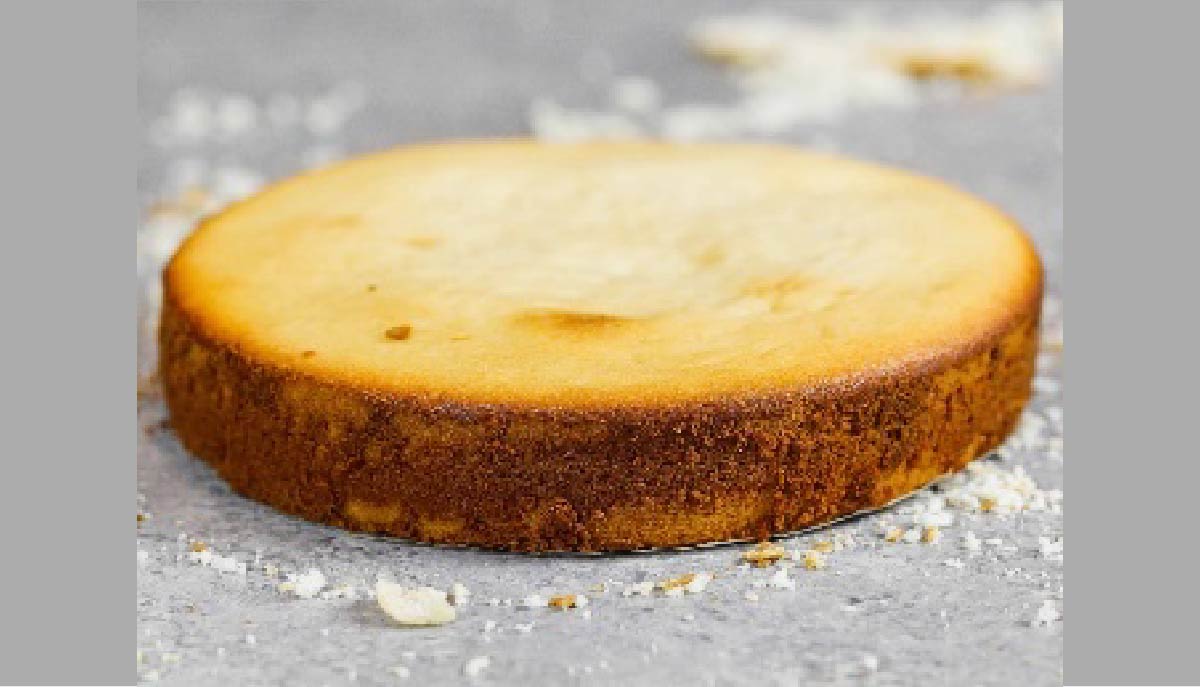 Image Source: ChefSweets
Image Source: ChefSweets